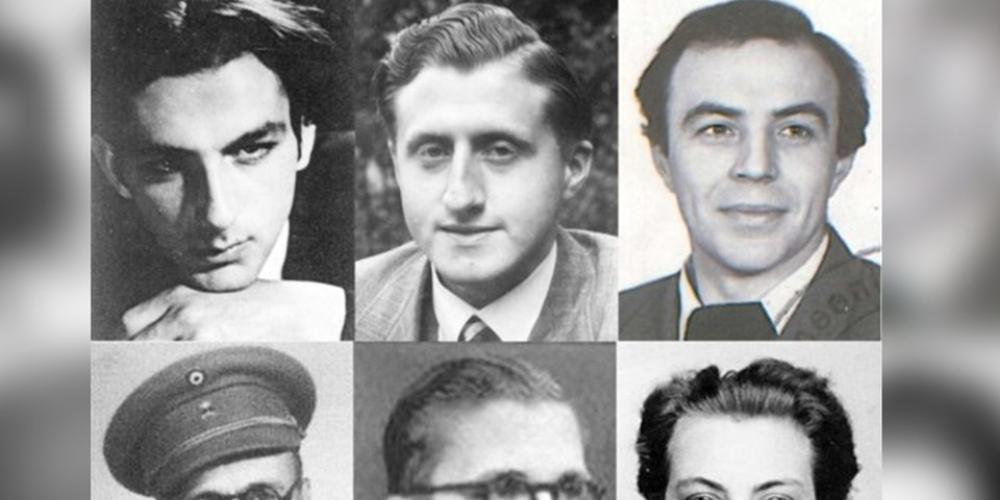
During World War II, approximately 1,500 Belgian resistance fighters were executed. They faced firing squads, were hanged, or were beheaded by guillotine. The vast majority of these executions took place on Belgian soil, such as at the National Shooting Range in Schaerbeek or at Fort Breendonk, though many also occurred in Germany. On the eve of their execution, most of them were allowed to write one or more farewell letters. These letters thus represent the very last trace of life that the resistance fighters could leave for their loved ones.
Chairholder and VUB Professor of Contemporary History Nel de Mûelenaere: “Citizen science is central to this project. We want to involve the relatives of resistance fighters and other interested parties as much as possible in our work. As volunteers, they can not only help track down farewell letters, but also, under our guidance, explore archives. For many of these letters, every trace is currently lost. There are still letters to be found in attics or private archives of relatives.”
“Currently, we already have a substantial collection of farewell letters in various forms, mostly gathered by the war documentation and archive center Cegesoma. Our ultimate goal is to locate the original of as many farewell letters as possible,” continues Nel de Mûelenaere.
Peter Van Heirseele, known as the artist and comic creator Herr Seele, is one of the ambassadors of the heritage project. His grandfather, Theophiel Pannecoucke (40), was active in the resistance group Geheim Leger and was beheaded with a guillotine in the German prison of Wolfenbüttel on June 15, 1944. In his farewell letter he wrote: “Beloved daughter Odette, father, mother, brothers, sisters-in-law, and brother-in-law. With this, I write my final letter. My life ends at 7 o’clock this evening. It is regrettable that I must die after two years of suffering, but God wills it so. Send my regards to René and my workmates.”
The collected farewell letters will be digitized, transcribed, analyzed, translated (into Dutch, French, and English), and made accessible to the general public. Dany Neudt: “Over the course of 2026, the heritage project ‘Last Words’ will culminate in an interactive website, a publication, and a traveling exhibition. People will be able to immerse themselves in the lives of the resistance fighters.”